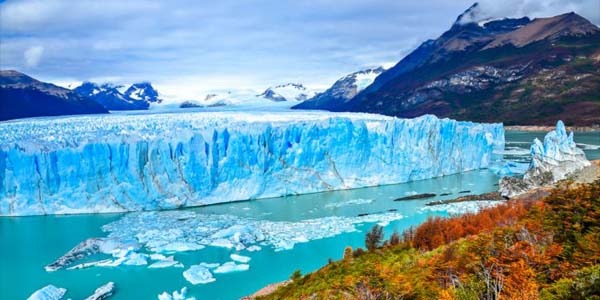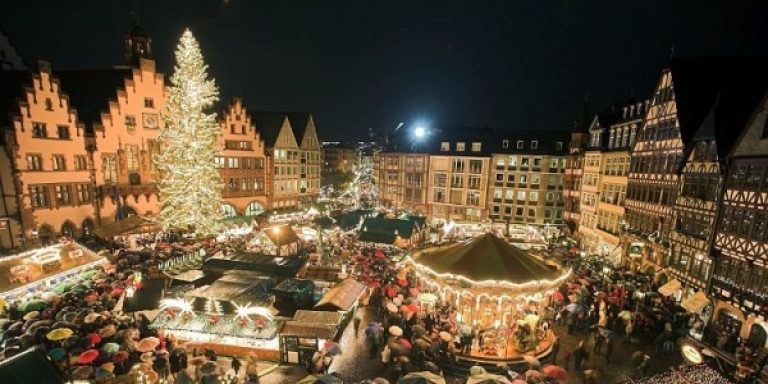Colombia is a magical land, a country rich in indigenous culture, like few other countries in Latin America, a universe of infinite ideas, the ideal, in our opinion, for those in search of adventure and beauty.
In Colombia, in fact, you can find everything: from the Amazon forest to the sweet valleys cultivated with coffee, from deserts to the great mountain peaks, from mysterious archaeological sites to colonial cities, without forgetting, of course, white beaches and crystal clear sea. A complete land, but speaking more specifically, what are the places you absolutely must not miss? Actually there are a lot of them, and we, in a completely subjective way, have tried to draw a small map of the “must Colombians”.
We will then follow a list, in which we summarize the best places to visit in Colombia, those that, if you are lucky enough to see them, you can only exclaim: “Wow! How cool is that?”
As far as we are concerned, in fact, every time we visit Colombia, we have done it intensely, because this is a land of visceral passions, like its people, a land that either you live it from the inside, or you will feel completely out of place. But on the other hand it is almost impossible to remain indifferent to such beauty. So are you ready to discover with us the most incredible places to visit in Colombia?
Las Lajas
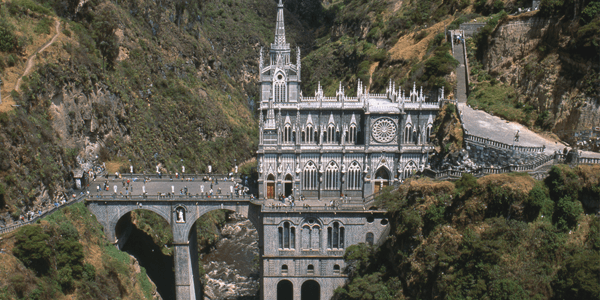
We start from the south, from the borders with Ecuador, to begin to unveil the first Colombian beauty, and in fact, shortly after entering by land from Ipiales, we come across a church in neo-gothic style, polychrome, set in a very deep canyon. A masterpiece of engineering art, whose realization is the immediate consequence of the apparition of the Virgin Mary to a local shepherdess.
And just lean out from the precipice, to admire with bated breath this masterpiece, which by the way is not even so touristy, thanks to its location rather remote from Bogota and Cartagena de Indias, the two main airports of the country. For those of us who, however, prefer to travel by land, then it will be interesting to stop and admire this cathedral in the desert, taking a direct bus from Ipiales.
Archipelago of San Andrés
Located less than five hundred kilometers from the mainland in the middle of the Caribbean Sea, the San Andrés Archipelago is still in many ways an archipelago virgin enough to be seen during your visit to Colombia. An ideal place to relax between kite surfing, sea and sunbathing, deep sea fishing and horseback riding, it is a snorkeling paradise.
San Augustin

Continuing the ascent from south to north of Colombia, in the direction of the capital Bogota, you can’t miss the magical archaeological park of San Augustin, which is located in the department of Huila, and whose evidence is scattered in the surrounding gentle valleys, mostly cultivated with coffee. To visit the Archaeological Park, you have to reach the homonymous village of San Augustin, very nice, and after taking a place in one of the many “hotels” in the area, you can go to discover the enigmatic anthropomorphic statues of which neither the origin nor the civilization that conceived them is known.
Bogota
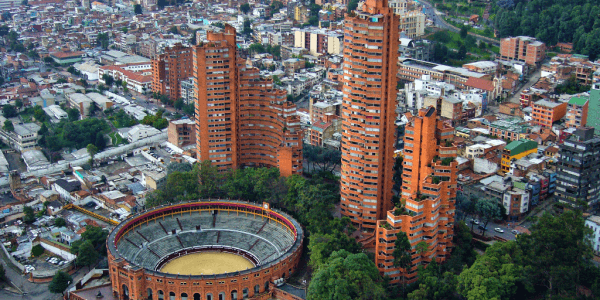
Bogota is without a doubt one of the best places to visit in Colombia. Its main attraction is the old town, the Candelara, a succession of Spanish colonial houses with carved doors and red tiles on the roofs. The Museum dedicated to Boer and the one dedicated to Garcia Marquez are definitely worth a visit.
Hornoyaco waterfall
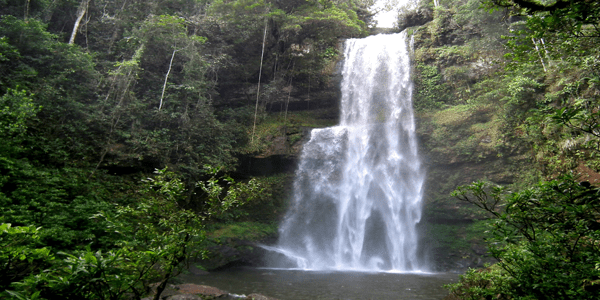
This is one of the most spectacular waterfalls we’ve ever had the fortune to admire on our trip to Colombia. We get there after a long dirt track, among muddy and slippery paths, through bridges suspended over rushing rivers, in the heart of a thick and insidious forest. To be precise, it is a 60-metre jump, which offers a truly unique spectacle. The waterfall is located in a wild territory, including the Parque Nacional de la Serranìa, in the department of Huila, and precisely near Mocoa, in the district of El Zarzal.
Leticia and the Colombian Amazonia
Gateway to the Colombian Amazon, Leticia offers a small center where you can visit the Zoological Jardin which houses local animals and the typical Amazonian Victoria. But the real gem is the Parque Nacional Amacayacu, where you can follow itineraries accompanied by local guides.
Eje Cafetero
We are about 360 km from Bogota, in the department of Quindìo, in one of the most beautiful regions of Colombia, nominated since 2011 World Heritage Site by UNESCO. The main center is Armenia, 6 hours away from the capital, and it is from here that we leave for the discovery of a world rich in nature and culture.
We are in the heart of the country’s main coffee production area, in an area that includes nature reserves, charming villages and even the highest palm trees in the world, which can be visited in the Valle de Cocora. Eje Cafetero is one of the best places to visit in Colombia for those who love eco-tourism, hiking, horseback riding, but also for those who love good food, and especially good coffee!
Santa Marta
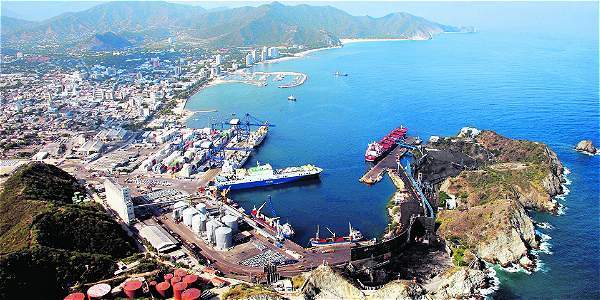
Santa Marta is at the Parque Tayrona as Leticia is at the Amazon. Many travellers, in fact, stop in Santa Marta before heading towards the Park. Santa Marta is the second oldest city in the whole of South America and boasts a very characteristic old town, where you can get lost among the colonial buildings and sit at one of the many outdoor cafes and bars.
Ciudad Perdida
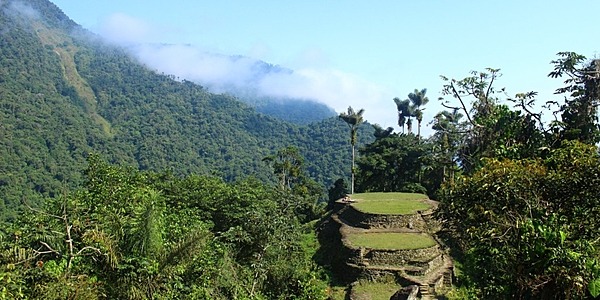
The most important and spectacular archaeological site in Colombia. Hidden in the mountains of the Sierra Nevada de Santa Marta, it can only be reached on foot, through a steep and challenging route that will keep you busy for 4 or 5 days in total. We are in indigenous territory, so no personal initiatives, because to reach the Ciudad Perdida (“The Lost City”), you will have to rely on a local guide.
A journey, as we told you, rather challenging, but it will reveal itself in all its beauty. An uncontaminated and wild nature, breathtaking landscapes and then, the peculiarity of an archaeological site unique in location and value, since we are talking about a sanctuary still frequented by all the indigenous communities that inhabit the various altitudes of the Sierra Nevada.
The Carnival of Barranquilla
The Carnival of Barranquilla is the second most important carnival in the world after the one in Rio de Janeiro, since 2003 it is a UNESCO World Heritage Site and every year it moves millions of Colombians to attend it. The extraordinary thing about this carnival is that it serves as a meeting point for all the cultural varieties of Colombia: the European one that is the basis of the festivity, the African one recognizable in its colorful costumes and elaborate masks, the Indian one that serves as a connecting element.
The festivities begin on Carnival Saturday and end on Tuesday. Thousands of people parade to the rhythm of music during the great parade on Sunday and Monday. The main protagonists are Rey Momo, the spirit of the joke, and his companion, the queen. A must see on a trip to Colombia!
Barichara
Barichara is a small colonial village, lost in time, located in the heart of Colombia, in the department of Santander and accessible from San Jill. Its particularity is given by its architectural heritage so circumscribed and graceful. We are in one of the most fascinating provinces of the whole Colombia, and Barichara, specifically, is a world of its own, far from the big metropolis, where you can only breathe peace and relax. The Camino Real, which starts from Barichara, is very beautiful and goes into the heart of the mountain paths, offering very suggestive sceneries. The culinary specialties of Barichara are “the big-ass ants”, which are eaten roast.
Medellin
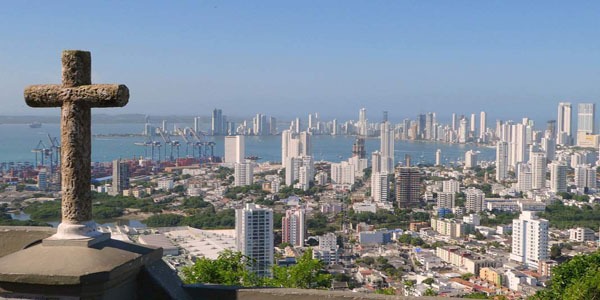
it’s a small miracle. Small, so to speak, since we’re talking about one of the country’s major centers. Miracle because, in a relatively short time, it has been able to reverse its fame, converting from a city of drug trafficking to an important cultural and artistic center. Until a few years ago, in fact, Medellin was the stronghold of the Pablo Escobar Cartel, with a very high crime rate; today, instead, it has totally changed, becoming a city able to amaze for the rich and varied cultural proposal, so much so that it happens in Medellin, can only be amazed by a really warm welcome.
Tatacoa Desert
Colombia also has its own little desert: the Tatacoa Desert. Nestled between the Western and Central Cordillera, full of breathtaking views, it bewitches travelers both day and night. The Tatacoa Desert extends over an area of 56,576 hectares and at an altitude between 386 and 900 meters above sea level, so in reality the name of desert is wrong… But it certainly gives an idea of the heat and drought that characterize it. Tatacoa can be visited in three different ways: by bike, on horseback, motorbike or motor truck. Not to be missed are the Laberintos del Cusco, marvellous rock formations that turn red at sunset, and the Ventanas viewpoint where the view extends as far as the reliefs of the Western Cordillera.
Cartagena De Indias
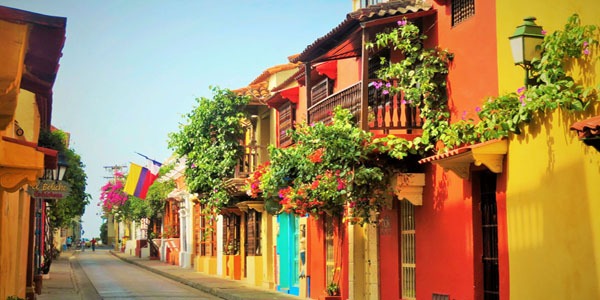
The most colorful city in Colombia, its unmissable jewel: Cartagena alone is worth a trip to the country. A typically colonial town, it will give you the impression that you’ve walked straight into a postcard. Our advice is to start your visit from Plaza de Los Coches and through El Portal de los dulces to Plaza de la Aduana. From here you reach the Iglesia de San Pedro Claver and then let your instincts guide you through the alleys. Don’t miss the district of Gethsemane, ideal for an aperitif. Finally, enjoy a salsa show at Cafe Havana. Don’t go to Cartagena airport and leave the town without having a sunset aperitif at Cafe del Mar.
Villa de Leyva
One of the most picturesque colonial towns, it is one of those places in Colombia where time seems to stand still. Declared a national monument in 1954, the town has been preserved intact, with its charming cobbled streets and whitewashed walls.
In recent years, the influx of visitors and wealthy foreign residents has slowly transformed this once hidden gem, and on weekends, the narrow alleys of the centre swarm with day visitors from Bogotá. Fortunately, on weekdays Villa de Leyva is once again a quiet bucolic village and one of the most charming places in Colombia.
Parque Nacional Natural Tayrona

This is a true natural sanctuary, where wild nature slopes directly down to the white beaches bathed by crystal clear waters. An ancestral territory, rich in nature trails, where you can enjoy a generous nature. Ideal for families, groups, but especially for lovers of eco-tourism. Easily reachable from Santa Marta, Tayrona Park has a daily capacity of about 7000 tourists, easily diluted in a very extensive territory. The Park is open every day from 8.00 to 17.00, and once inside you can also decide to camp.
Palomino
One of the most exclusive seaside resorts in the Colombian Caribbean. Protected by a dense tropical forest, and accessible only by light vehicles, such as mopeds and jeeps, Palomino is a small natural paradise, where you will find eco-lodge and hostels that will trap you in an evocative scenery. Here you can experience the Caribe at 360° and the days pass between swimming, relax and some cocktails, taking full advantage of a wonderful nature.
Best time to visit Colombia
Colombia is rich in microclimates that determine the richness of its existing environments. Thanks to the warm climate in almost 80% of the country up to 1000 mt. of altitude, the average temperature is around 24°C all year round, with daytime temperatures often close to 30°C. Rainfall falls abundantly in the peaceful area especially in the seasonal period from April to October with two peaks, at the beginning and end of the season. In the Caribbean area, on the other hand, it rains much less from May and more intensely between September and October.
Over 1000 m. and up to 2000 m. of altitude the temperatures start to drop, oscillating between 17 and 24°C, the climate becomes temperate and it is possible to practice adventure sports in the middle of nature. Beyond 2000 m. the high mountain climate begins to get cold with average temperatures around 6-15 ° C, in the highest peaks naturally fall below zero, the winds rise icy and snow falls frequently.
When is the best time to visit Colombia
Many cities, such as Bogota, are located at high altitudes and therefore have climates with cool temperatures and precipitation that are concentrated between April and May and in the period between October and November, although during the summer it rains frequently but with less intensity.
In the Amazon rainforest area, the equatorial and humid climate has temperatures above 27°C, here the strongest rainfall is unleashed, all year round, especially in the form of afternoon thunderstorms. The vegetation for this reason is luxuriant and flourishing.
With temperatures easily exceeding 30°C, with peaks of up to 40°C, the desert climate in the northernmost part of Colombia is characterized by little rain and much drought, especially between December and April. The landscapes of this region are very attractive, thanks to the contrast between the blue Caribbean sea and the yellow desert behind it.
Here it starts raining in May but the rainfall increases in intensity especially between late August and November when Caribbean hurricanes can be unleashed. The best time to visit Colombia with a trip that involves the whole country without encountering rain is from December to February. You can also opt for the months of March, July and August, which have a dry break and risk a few thunderstorms but without major inconvenience.


